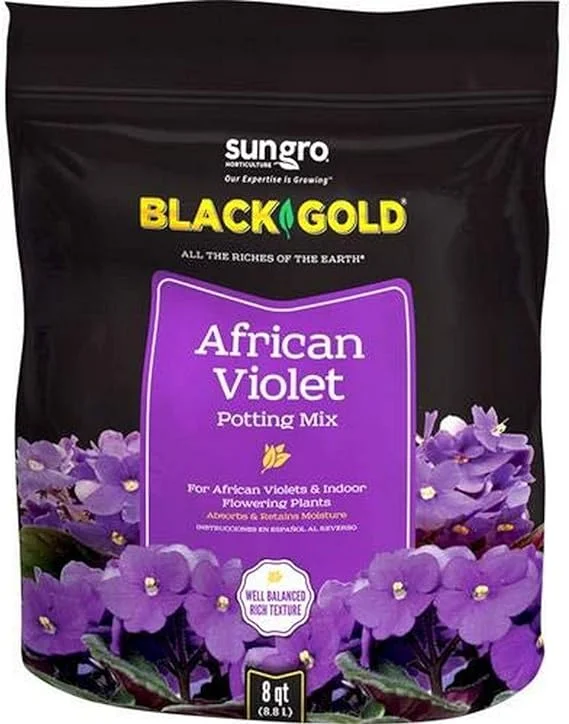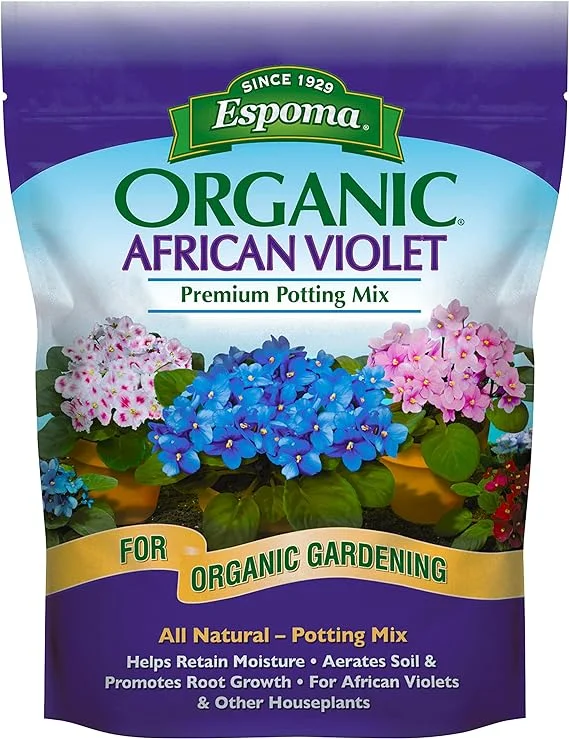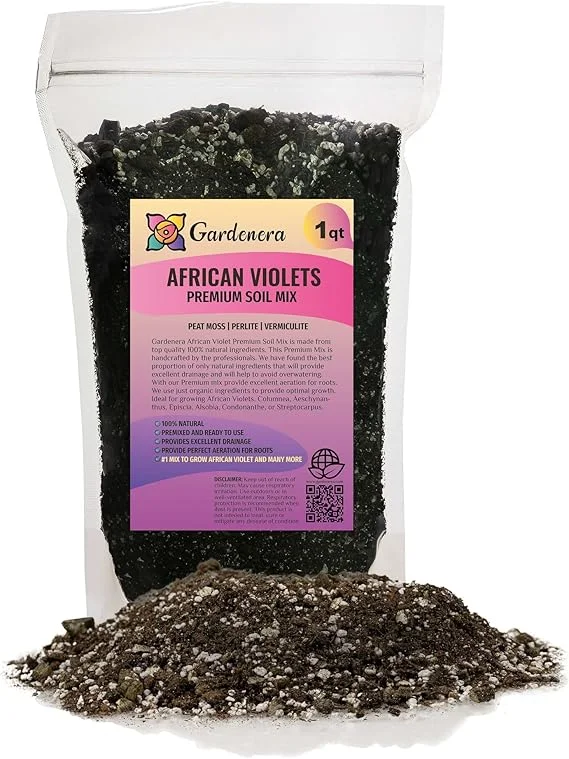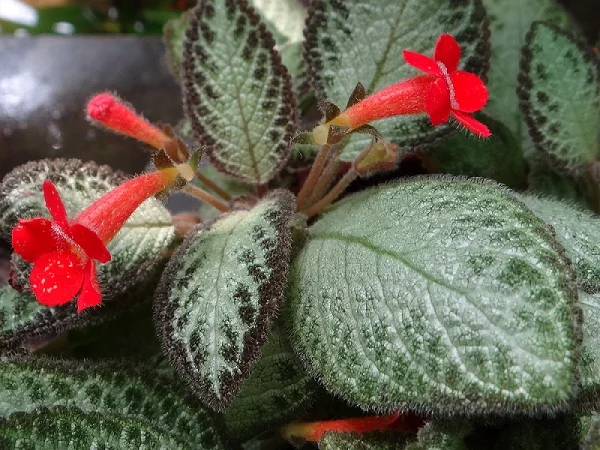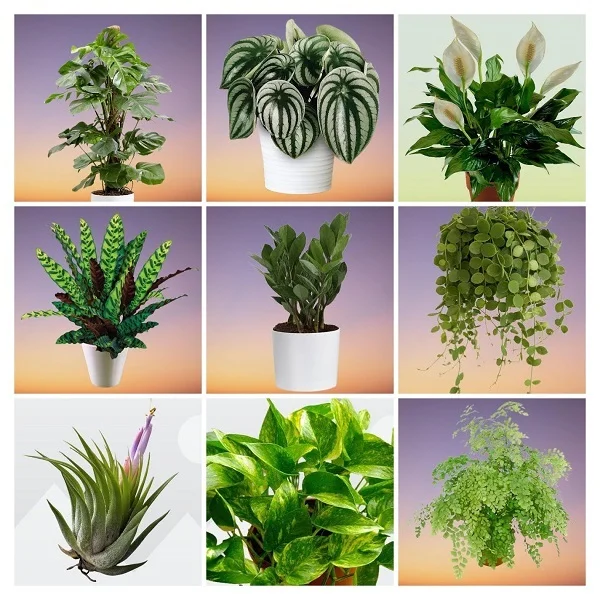Gloxinia Plant (Sinningia speciosa) Indoor Care, Propagation and Growing Problems
Some links in this post may be affiliate links
Gloxinia (Sinningia speciosa) blooms in bright indirect light, warm and humid conditions and consistently moist, rich, well-drained soils coupled with fortnightly feeding in the growing season.
Sinningia speciosa also called Florist's Gloxinia or Brazilian Gloxinia is one of the popular flowering plants on account of its large, velvety, brightly-colored blooms and its dark green, hairy, oval-shaped leaves which form a basal rosette.
To keep Gloxinia thriving, keep it away from drafty conditions, regularly remove dead flowers and damaged leaves and do not leave the soil to dry out for a long period.
Keep the Gloxinia moderately pot-bound to promote flowering. Use a plastic pot to reduce water loss as they like the soil to be consistently moist.
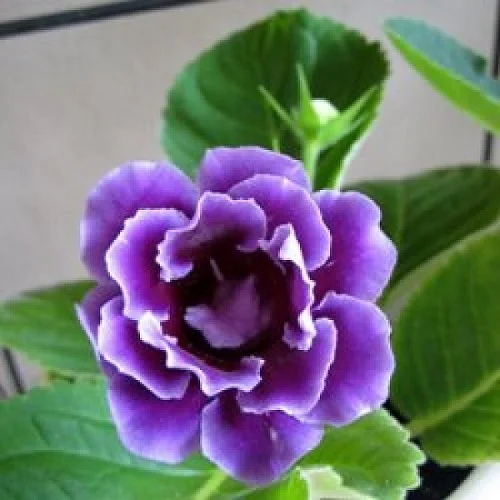
Botanical name: Sinningia speciosa
Family: Gesneriaceae
Common name: Gloxinia, Florist's Gloxinia, Brazilian Gloxinia
Origin
Sinningia speciosa is native to the tropical regions of Brazil.
Size
Florist's Gloxinia is a compact tuberous, shrub which grows to a height of 8 inches and a width of about 10 inches
Flowers
Brazilian Gloxinia flowers are large, velvety, brightly colored borne on thin stems above the foliage. They may be single-flowered or double-flowered and come in a range of colors like white, pink, purple, lavender, red, spotted and other patterns.
Related Plants
Gloxinia Plant care is similar to that of its close relatives African Violet (Saintpaulia ionantha), Cape Primrose (Streptocarpus hybrida) and Flame Violet (Episcia cupreata).
Toxicity
Sinningia speciosa are non-toxic to both humans and pets as listed by American Society for the Prevention of Cruelty to Animals. They are safe to grow indoors.
Where to Buy
Are you looking to acquire Gloxinia Plants for your collection? They are available online on Etsy (Link to Etsy).
Sinningia speciosa Care Indoors
Gloxinia Plant (Sinningia speciosa) flourishes in bright indirect light, average warmth of 18-240C, moderate humidity of 50-55% and consistently moist, fertile, well-drained, African Violet potting mix coupled with fortnightly feeding during the growing season.
Sinningia speciosa requires regular pruning to keep the plant neat, to discourage pest and disease infestations, to promote flowering and to rejuvenate growth. Repotting is need when the plant outgrows its current pot as it blooms best when pot-bound. Keep reading for more on these growing conditions and how to achieve them.
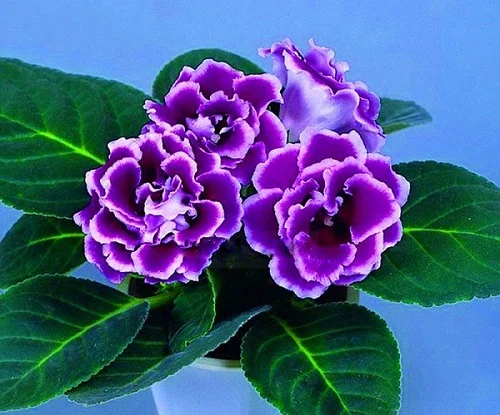
Light Requirements
Gloxinia Plant grows best in bright indirect light. Keep it away from direct sunlight as it can cause scorching on the leaves.
Florist's Gloxinia will also thrive under a grow light where the natural light in not sufficient. Check out these full spectrum grow lights on Amazon.
Regularly turn the pot to ensure that the plant gets adequate light on all sides for uniform growth and prevent lopsided growth.
Watering
Water Gloxinia Plant thoroughly and keep the soil consistently moist but not soggy. Allow the top 1-2 inches of soil to slightly dry out between waterings.
Lessen watering during the cold season as growth is minimal at this time but do not allow the soil to dry out completely.
Being a tropical plant, water the plant with water that is at room temperature to avoid shocking this tropical plant as it can lead to reduced growth.
Gloxinias are sensitive to chlorine and other chemicals dissolved in water therefore use chlorine-free water only.
Avoid wetting the foliage and water from the bottom or use the immersion method. Wetting the foliage can lead to crown and stem rot.
Temperature and Humidity
Gloxinia Plant thrives in average warmth of 18-240C. A temperature that is comfortable for you is ideal for Gloxinia. Keep it away from drafts to avoid sudden changes in temperature.
Gloxinia Plant has no need for high humidity. Average humidity of 50-55% is adequate for this plant. However, for lush growth and to reduce pest infestation, set the pot on a wet pebble tray or use a cool mist humidifier to raise humidity.
Occasionally clean the leaves by gently brushing off the dust with a soft brush. Ensure that there is good air circulation to prevent fungal diseases.
Fertilizer
Feed Gloxinia Plant every 2-3 weeks with a phosphorous-rich, water-soluble fertilizer during the growing season to promote flowering. Do not feed in the cold season growth is minimal at this time and it can cause to fertilizer burn.
Potting Mix
The best potting mix for Gloxinia should be well-drained and rich in organic matter. African Violet potting mixes are ideal for this plant.
Repotting
Keep Gloxinia Plant pot-bound to promote flowering. Repot at the beginning of the growing period only when the soil becomes compacted. Use a pot that is half as wide as the plant. Make sure that the pot has a drainage hole to prevent the soil from getting soggy as it can lead to rotting. Check out these self watering pots available on Amazon.
Pruning
Pruning Gloxinia Plant is easy. Remove spent blooms and any side shoots to encourage development of more flowers. Get rid of dead leaves to keep the plant neat as well as minimize pest and disease infestations.
Remove the bottom 2-4 leaves monthly to balance out the appearance and to encourage growth of new leaves. The leaves can be used to propagate new plants. You may cutback the plant at the beginning of the growing season to rejuvenate growth.
What to do with Gloxina after flowering
Gloxina Plant requires to undergo a dormancy rest period to induce flowering. After flowering, place the plant in a cool place and reduce watering.
When the leaves dry, cut them away with a sharp sterilized knife or a pair of scissors.
Allow the soil to dry out and retain the tubers in their pot. Store the pots in a dark location at 15-180C for about 2-3 months.
After this rest period, repot the tubers in fresh soil and moisten the soil lightly until there is new growth.
Then, place the pots in bright indirect light, water, fertilizer and begin routine care.
Propagation
Gloxinia Plant (Sinningia speciosa) can be propagated at the beginning of the growing season from leaf cuttings, from seeds or by plant division.
1. How to propagate Gloxinia from leaf cuttings
Take a Gloxinia leaf cutting with the petiole still attached. Insert the leaf petiole in moist, well-drained soil and cover with a plastic bag to create a greenhouse effect.
Place the set up in a warm, brightly-lit place but away from direct sunlight to avoid cooking the leaf cuttings.
Maintain the soil moist through out until new growth is observed. New plants should develop at the base of the petiole in about 4-6 weeks.
Carefully seperate the new plants and plant them in individual pots. Place the set up in warm, brightly-lit place and maintain the soil moist through out.
Allow the new Gloxinia Plants to be well established before transplanting after which you can begin routine care.
2. How to propagate Gloxinias from seeds
Spread the Gloxinia seeds evenly on moist, free-draining soil and do not cover with any soil as the seeds are very tiny.
Cover the set up with a plastic sheet to create a greenhouse effect and place the set up in a warm, brightly-lit place.
Maintain the soil moist through out by gently misting the soil surface. Thinning of crowded seedlings can be done when the leaves are about 1/4 in. wide.
Transplant the new Gloxinia Plants when the largest leaf is about 0.5 in. wide after which you can begin routine care.
3. How to propagate Gloxinia by plant division
Water the Gloxinia Plant thoroughly at least 1 day before to make it easier to divide and also hasten establishment. A well hydrated plant suffers less shock and takes a shorter time to take root.
Carefully divide a large Gloxinia plant into sections while ensuring each section has enough roots.
Pot these sections into individual pots in moist, free-draining soil.
Place the set up in a warm, brightly-lit place and maintain the soil moist until the new Gloxinia Plant is well established.

Sinningia speciosa Growing Problems
Gloxina Plant (Sinningia speciosa) problems include flower bud drop, lack of blooms, yellowing leaves, leaf spots, pests among others. Read on for more on these problems and how to fix them.
Pests
The common pests in Gloxinia are mealy bugs, fungus gnats, scale insects, spider mites and aphids. Isolate the affected plant to prevent spread to other plants and treat it with neem oil or insecticidal soap as per the manufacturer's instructions.
Flower drop
Flower drop in Gloxinia Plant is due to three possible causes. One possible cause of flower drop is soggy soil. Ensure that the pot has a drainage hole and that the soil is free-draining to avoid getting soggy soil. Reduce watering in the cold season as growth is minimal at this time to keep the soil slightly moist.
The second cause of flower drop in Florist's Gloxinia is underwatering. Water the plant thoroughly and maintain the soil moist during the growing season. Decrease watering during the cold season but do not allow the soil to dry out completely. Learn more on how to water houseplants the right way.
The third possible cause of flower drop in Gloxinia Plant is sudden changes in the growing conditions. Do not move or repot a plant that is in flower. The sudden changes will cause plant shock which can result in flower drop and sometimes leaf drop.
The fourth possible cause of flower drop in Gloxinia Plant is dry air (low humidity). Set the pot on a wet pebble tray or use cool mist humidifier to raise humidity. Check out these techniques on how to increase humidity for houseplants.
No blooms (flowers)
There are six possible reasons why Gloxinia Plant is not blooming. One possible reason is insufficient light. Move the plant to a brighter spot where it will receive bright indirect light of about 12 hrs a day to coax it to bloom or instal grow lights if the natural light in not sufficient. Check out this post on understanding light for houseplants.
The second possible reason why Gloxinia Plant is not blooming is improper feeding. The plant needs to be fed with a phosphorous-rich, water-soluble fertilizer every 2-3 weeks to promote flowering. Learn how to feed houseplants.
The third possible reason why Gloxinia Plant is not blooming is very dry air. Set the pot on a wet pebble tray or use cool mist humidifier to raise humidity.
The fourth possible reason why Gloxinia Plant is not blooming is too frequent repotting as it blooms best when they are pot-bound. Repot the plant only when its is extremely pot-bound.
The fifth possible reason why Gloxinia Plant is not blooming is failure to remove the lower leaves. Too many leaves cause the plant to divert energy to developing the leaves rather than the flowers.
The sixth possible reason why Gloxinia Plant is not blooming is very cold air. Keep the plant away from cold drafts as an average warmth of 18-240C is necessary for optimum growth and flowering. Check out this guide on understanding temperature for houseplants.
Yellow leaves
There are four possible reasons for yellow leaves in Gloxinia Plant. One possible reason is dry air. Set the pot on a wet pebble tray or use cool mist humidifier to raise humidity.
The second possible reason for yellow leaves in Gloxinia Plant is too much sunlight. Do not expose the plant to direct sunlight but provide it with bright filtered light.
The third possible reason for yellow leaves in Gloxinia Plant is incorrect watering. Maintain the soil consitently moist but not soggy during the growing season. Water less in the cold season but do not allow the soil ball to dry out completely.
The fourth possible reason for yellow leaves in Gloxinia Plant is overfeeding. Feed the Florist's Gloxinia every 2-3 weeks with a phosphorous-rich, water-soluble fertilizer.
Straw-colored patches on leaves
Straw-colored patches on the leaves of Gloxinia Plant are caused by too much direct sunlight. The leaf edges may also turn yellow and holes may develop on the leaves. Do not expose the plant to direct sunlight.
Pale-green leaves with long stalks and curled leaf edges
Pale green leaves with long stalks and curled leaf edges in Gloxinia Plant are caused by too cold temperature brought about by cold drafts. Maintain an average warmth of 18-240C and keep the plant from cold drafts to avoid sudden changes in temperature.
Limp leaves and rotten crown center
Limp leaves and a rotten crown center in Gloxinia Plant is an indication of crown-rot disease due to overwatering and wide fluctuations in temperature. The disease is infectious and difficult to control. Remove and destroy the affected plant as soon as possible to prevent spread to other houseplants.
Moldy leaves and flowers
Moldy leaves and flowers in Gloxinia Plant are an indication of botrytis or powdery mildew which are prevalent in overdamp conditions coupled with poor air circulation.
Cut off diseased parts and keep the affected plant warm while ensuring good air circulation. Do not mist the plant as moisture on the foliage creates suitable conditions for these diseases.
Brown leaf spots
Brown leaf spots in Gloxinia Plant are caused by water droplets falling on the leaves during watering. Avoid wetting the leaves or water the plant from the bottom only.
You liked it? Share on social media.
Related Content
Amazon Associates Disclosure
Homeplantsguide.com is a participant in the Amazon Services LLC Associates Program, an affiliate advertising program designed to provide a means for sites to earn advertising fees by advertising and linking to amazon.com.
